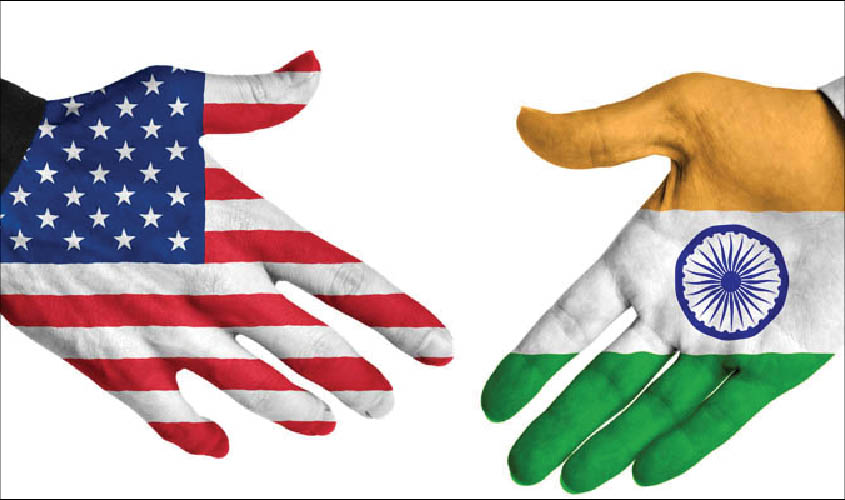Energy engagement should be a driver in this partnership.
Opening the recent World Energy Policy Summit in New Delhi, the Honourable Minister Piyush Goyal gave an impassioned statement of the Narendra Modi government’s commitment to clean energy. He outlined how the government is working to lift average citizens out of poverty while fighting climate change and air pollution. By contrast, when US Energy Secretary Rick Perry outlined in Washington “5 ways the US is partnering with the Indo-Pacific Region on Energy” environment was not even mentioned; in fact he defended the United States’ action as the only country to withdraw from the Paris Agreement on climate change.
Energy and the environment are inseparable. Pursuing one without the other shortchanges the opportunities for strengthening US-India partnership.
To its credit, the Modi government recognises both the transformative effect of electricity for all, as well as the tragic effects of climate change and air pollution. The aggravating effects of dirty energy are here now and are devastating for both India and the United States. India has floods in Kerala. The United States has floods in Texas and now North Carolina. Unbearable heat and drought affect larger and larger portions of India, while forests in the western US have burned throughout this past summer. The Lancet Commission on Pollution and Health estimates that dirty air sends more than 2.5 million Indians to early deaths each year. US air is cleaner but still there is a pandemic of asthma and other diseases related to air pollution.
What good does it do if an Indian or US citizen is brought out of poverty only to have his or her son or daughter ravaged by the effects of air pollution and climate change?
The United States needs to understand that pursuing energy engagement with environmental protection as a vital component of that engagement is in America’s national interest. For example, India has taken the lead in establishing the International Solar Alliance (ISA). This alliance is particularly important for spreading solar technology throughout the tropical and sub-tropical areas of the globe that have enormous solar potential. The commercial as well as political opportunities that accompany this initiative should be obvious. Since the United States has shown little interest in the ISA, France has stepped in to partner with India in this vital area. The US is missing an opportunity to lead with India on this vital initiative.
Another case in point is natural gas. India is committed to one of the world’s most aggressive programmes for generating solar and wind energy. But the sun does not always shine and the wind doesn’t always blow, so renewables need a backup energy source. Further, India presently has about 25,000 megawatts of power that are stranded for lack of gas. India needs natural gas.
The United States now has the world’s largest supplies of natural gas, a portion of which it would like to convert into liquefied natural gas (LNG) and ship to India. Compared to coal and oil, natural gas is far less polluting and should be seen as a vital component of an anti-climate change strategy.
To their credit, India and the United States have set up a “Natural Gas Task Force”. But the US must not pursue this initiative merely as a means to sell gas and generate cheap electrons. It only makes sense for the US to engage on natural gas as an environmental as well as power generating opportunity.
US-India partnership should be the strongest in the world, and energy engagement should be a driver in making this goal a reality. Pursuing energy as both an indispensable tool for economic development and a major factor in providing a liveable environment is the best way to maximise the positive effects of energy engagement on US-India partnership.
Raymond E. Vickery, Jr is a former US Assistant Secretary of Commerce; Senior Associate, Center for Strategic and International Studies; Senior Advisor, Albright Stonebridge Group; Retired Partner, Hogan Lovells LLP.

